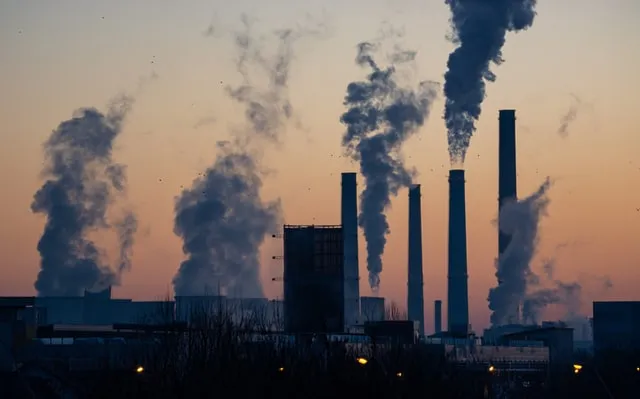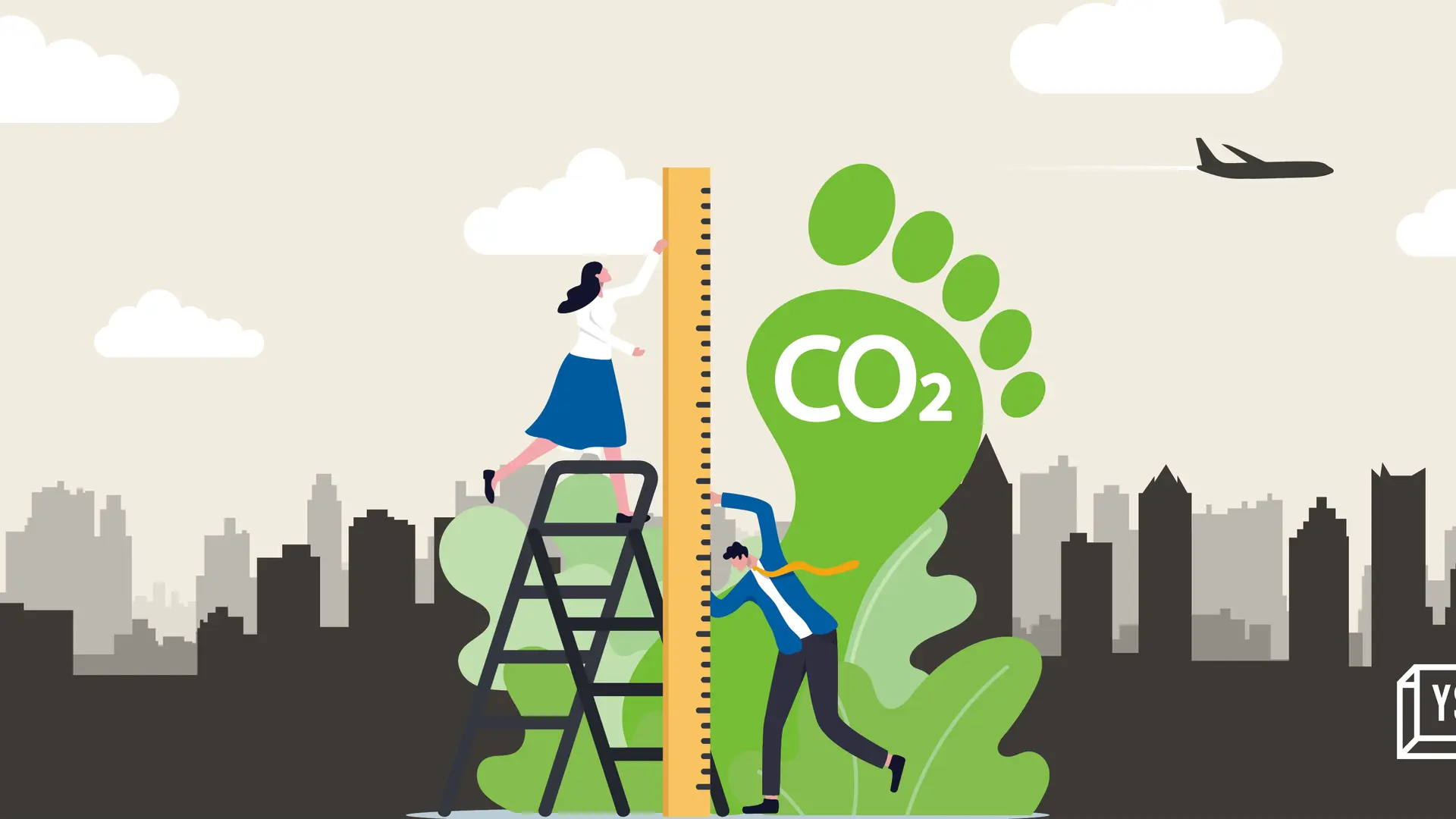A closer look at Mumbai’s ambitious plan to reach net-zero carbon neutrality by 2050
Under its first-ever Climate Action Plan, Mumbai aims to reach net-zero carbon neutrality by 2050. This means finding the right balance between development goals and environmental preservation.
The monsoon cycles in Mumbai have changed, as has the air quality. Temperatures on the ground and at sea have been rising. Tropical cyclones and coastal flooding both pose substantial threats.
All this can, and most definitely will, have a detrimental effect on the city’s built environment, economics, and population health.
To tackle climate change, Mumbai recently unveiled the Mumbai Climate Action Plan (MCAP), which calls for adopting an evidence-based planning methodology and mobilising resources to transition from action planning to strategic projects.
The action project 2022 is titled 'Towards a Climate Resilient Mumbai'.
Under its first-ever Climate Action Plan, Mumbai aims to reach net-zero carbon neutrality by 2050, a significant step toward fulfilling India's pledge to achieve carbon neutrality by 2070.

To achieve climate resilience in a metropolis like Mumbai, the optimum balance between development goals and environmental preservation must be found. Since a large section of our city's population resides in unofficial housing, the MCAP has established ambitious but feasible goals.
A transition to clean, green, and healthy living conditions will require significant financial investments, strategic alliances, and ongoing community support.
The transport and waste sectors each contribute 20% and 8% of overall emissions, leaving the energy sector accountable for 72%.
By enhancing monitoring, passing practical rules, and implementing cleaner technology, the action plan aims to reduce air pollution. On a community scale, we are responsible for implementing certain ethical practices that might contribute to creating a clean environment.
Here are some measures the city of Mumbai can collectively take to achieve the net zero target.
Retrofitting of existing heavy vehicles
Heavy vehicles are a significant source of PM emissions in urban areas and densely populated cities like Mumbai.
Retro fitments on existing heavy vehicles are an effective way to reduce PM (2.5/10) emissions at source. This technique involves plugging in or installing a wholly automated retrofit device into a vehicle's exhaust system to reduce emissions without interrupting the engine's regular functioning. The collected particulate matter, which is in powdered form, is stored in separate containers and can be reused as raw material to manufacture paint or ink.
As one of India’s most traffic-heavy cities, Mumbai should look at this kind of alternative to control air pollution to a large extent.
Retrofits effectively reduce air pollution at source and local bodies and pollution control boards should consider implementing policies to make these mandatory on heavy vehicles and public transport at least.
Emissions from crematoriums
Crematoriums have emerged as one of the primary sources of air pollution in recent years, particularly during the severe COVID crisis that saw a sharp increase in funeral ceremonies.
There is a need to move beyond conventional solutions and look at newer and more effective ways that reduce emissions without wasting water (wet scrubber) to tackle emission problems like these.

Using green cremation and effective after-treatment methods is one way to reduce and manage air pollution.
In the long run, employing electricity or gas as an alternative to wood for cremation can be a sustainable choice. This can aid in reducing PM emissions to a large extent. Use proven technologies like ESP (electrostatic precipitator) with refinements and improvements towards size reduction and hassle-free cleaning.
Going solar
According to BMC, Mumbai has the potential to produce 1,724 MW of solar power, which can meet half of the city’s energy demand, currently standing at 3600 MW.
Solar helps reduce energy consumption per person and yield a more eco-friendly system with low carbon emissions.
Switching to solar when green energy is a requirement can save the world. Actively initiating solar power plans via community or cooperative projects can increase access to clean energy in urban and low-income communities where physical infrastructure for electric energy is lacking.
Mumbai has enormous potential to become a super solar city, and the government and citizens should invest in solar energy projects.
Investments in solar housing, solar public infrastructure, solar transport, etc., should be encouraged.
The quality of life can only be enhanced if we as a whole contribute, influence, and promote the path toward a net-zero future. It is also essential to support public initiatives and elected leaders who work towards revolutionary change to reduce carbon emissions and keep the environment safe.
Edited by Teja Lele
(Disclaimer: The views and opinions expressed in this article are those of the author and do not necessarily reflect the views of YourStory.)



![[Sustainability Agenda] This startup aims to make travel to Northeast India carbon neutral](https://images.yourstory.com/cs/5/54bfb360112e11ecbdb4b127003811f4/CopyofImageTagsEditorialTeamMaster8-1634747245572.jpg?fm=png&auto=format&h=100&w=100&crop=entropy&fit=crop)




